The Hiroshima Peace Memorial Museum was established in 1955 to document the atomic bombing of the city on 6 August 1945. In truth and for decades now, I’ve had conflicted feelings about the allied bombing campaign over occupied Nazi territory and also in Japan – largely on account because of the amount of literature I read about the ethics against necessities of the bombing campaigns.
Whichever one’s views of the war and the atomic bombing of Hiroshima and Nagasaki might be, the Museum shows in clear, unrelenting fashion the Japanese perspective: that the bomb caused immense human suffering. There are numerous exhibits that show the effects of the bomb on materials that include steel, stone, everyday household items and apparel worn by civilians and children, photographs of the effects of the blast and later radiation, and deeply moving testimonials from persons, some who died just days later, and others who survived – at least for a few years.There are also high-tech displays for visitors to interact with, with support for English translations.
I have a friend who also visited the Museum in her trip to Hiroshima in June this year, and she likewise said that the exhibits and testimonies were moving. However, she was less enamored by what she felt was the one-sided perspective of the history that was being foisted on young Japanese students who were on excursions that weekday of her visit – that it was all suffering on their cities, and little untold of the misery the Japanese had already inflicted caused on South-East Asia and China by that point in their violent invasion of Asia. The presence of a lopsided viewpoint might indeed had been true and perhaps representative of the larger problem of the Japanese tendency to whitewash their role as belligerents in the war. Nonetheless, if you can live with this Museum’s principal mission to document the effects of the atomic bomb, then it certainly does so very effectively.
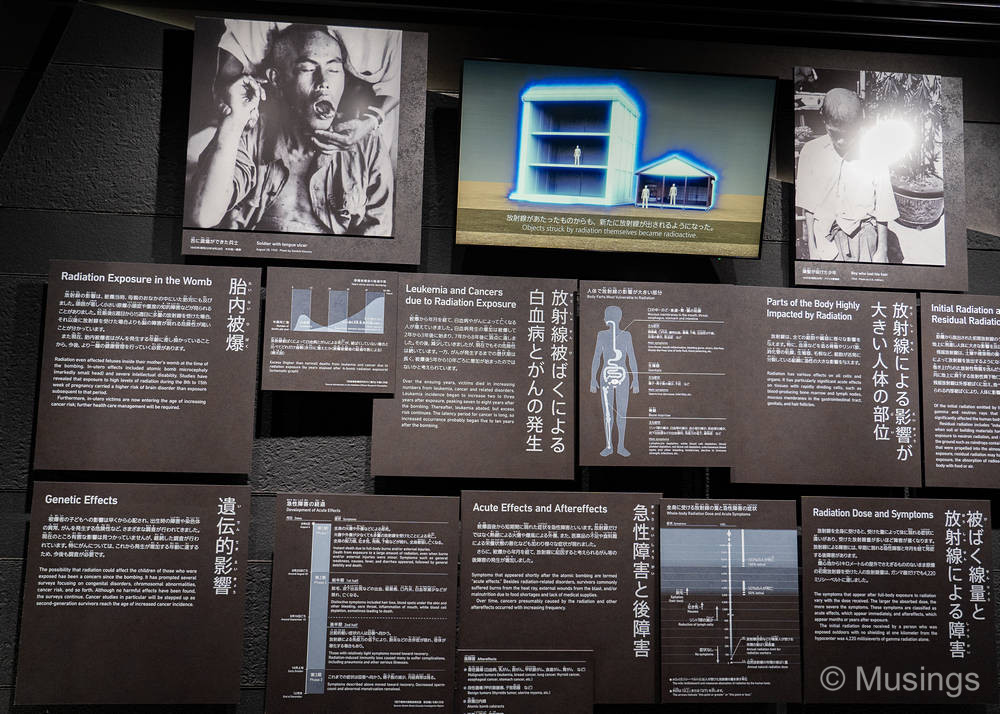
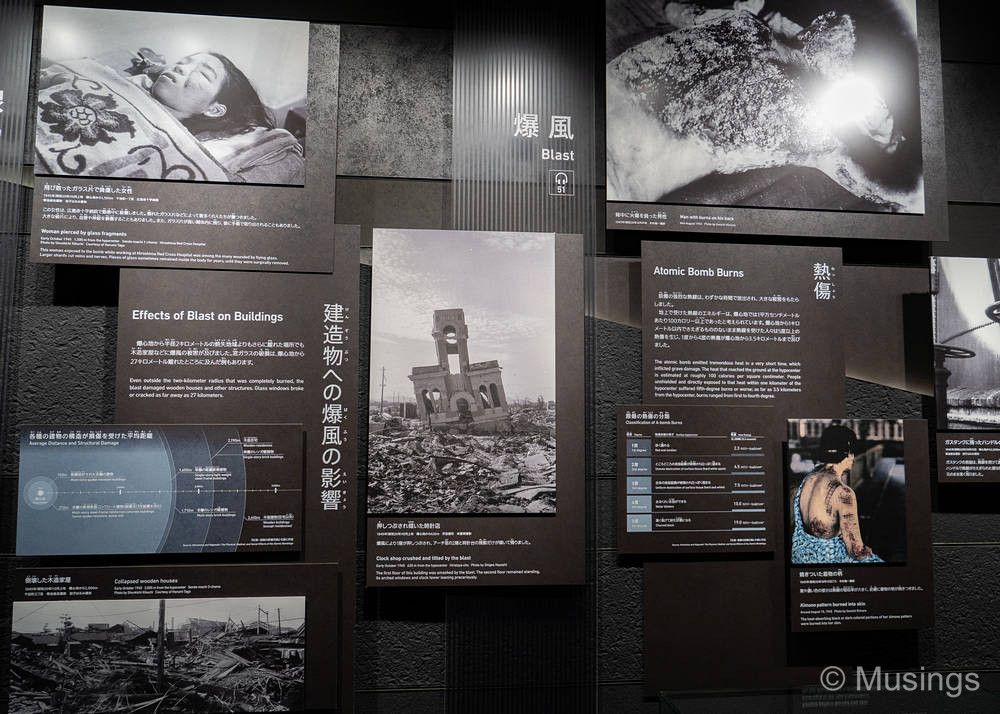
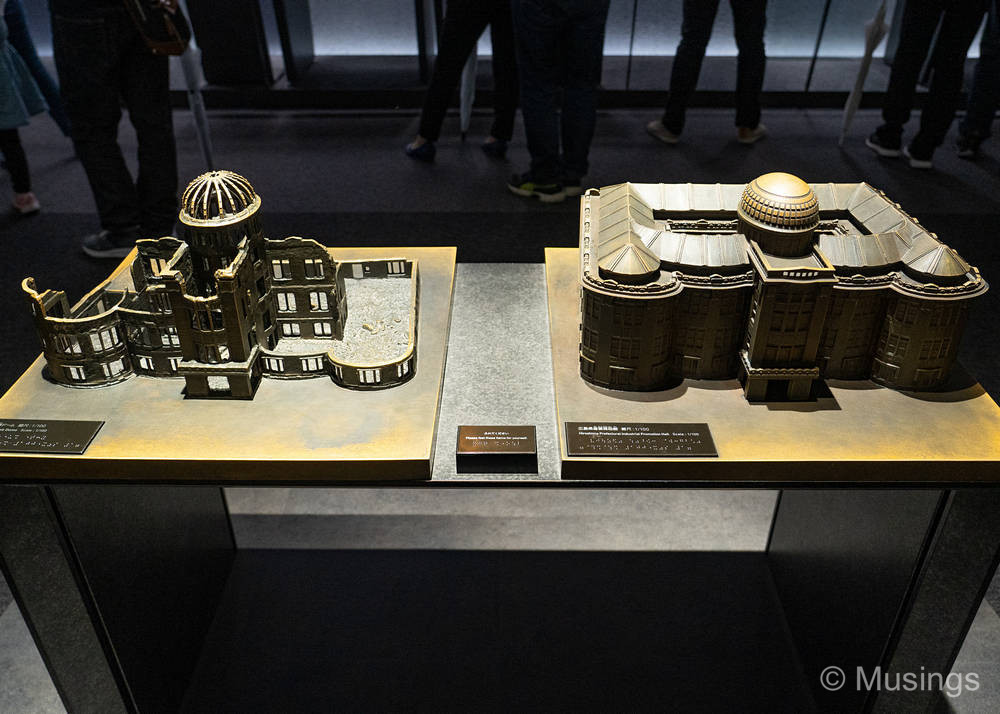
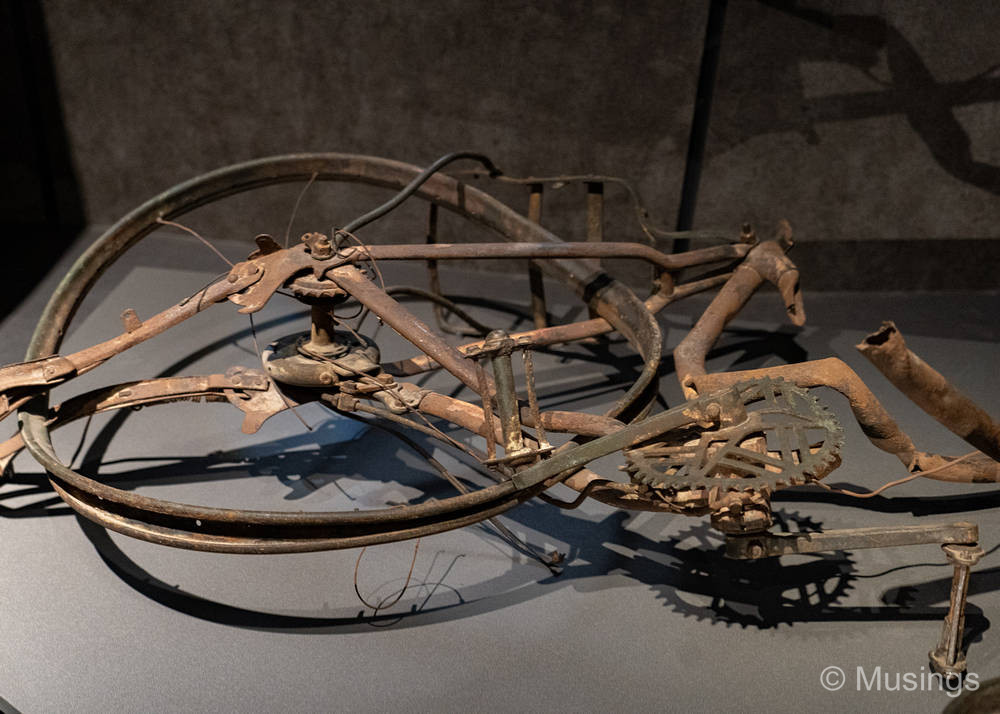
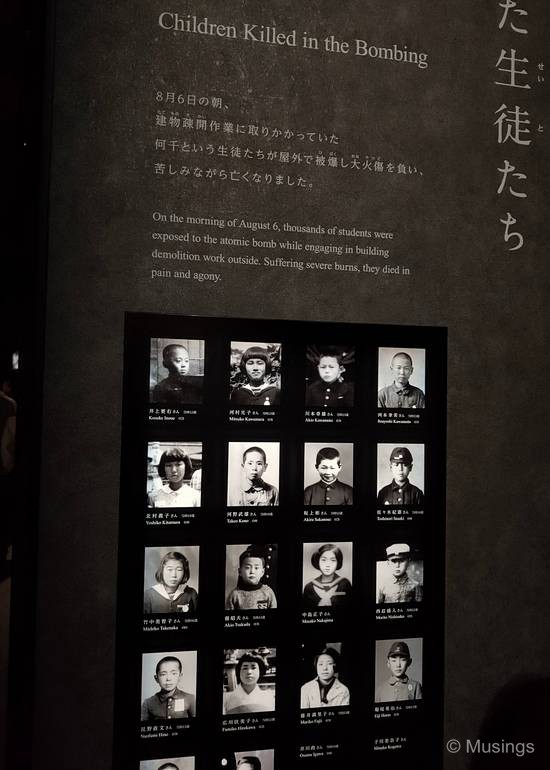
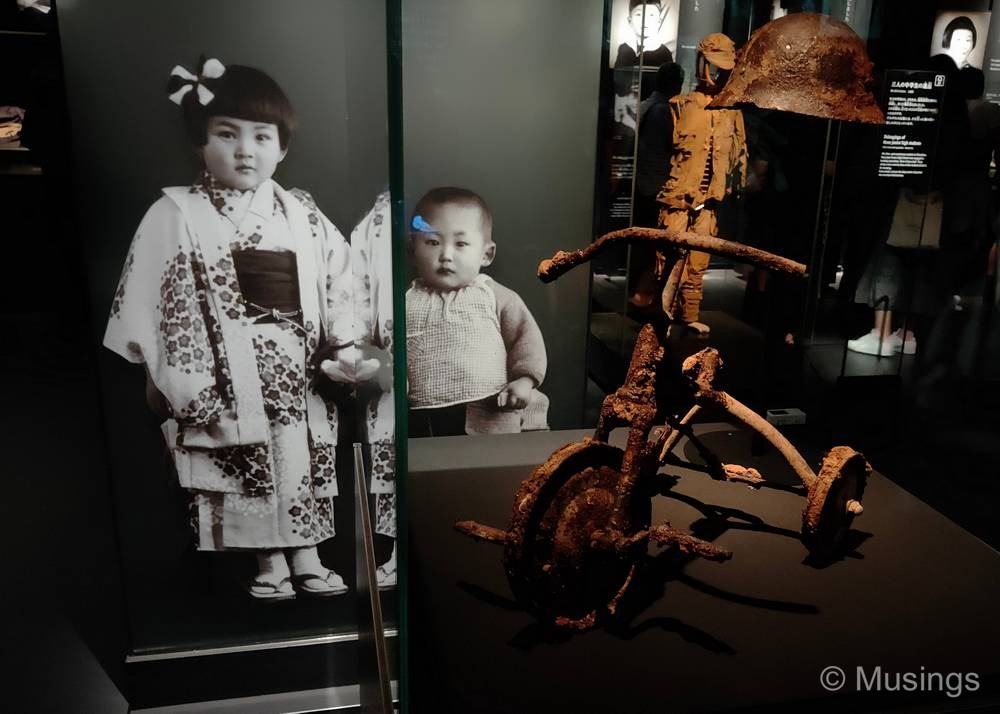
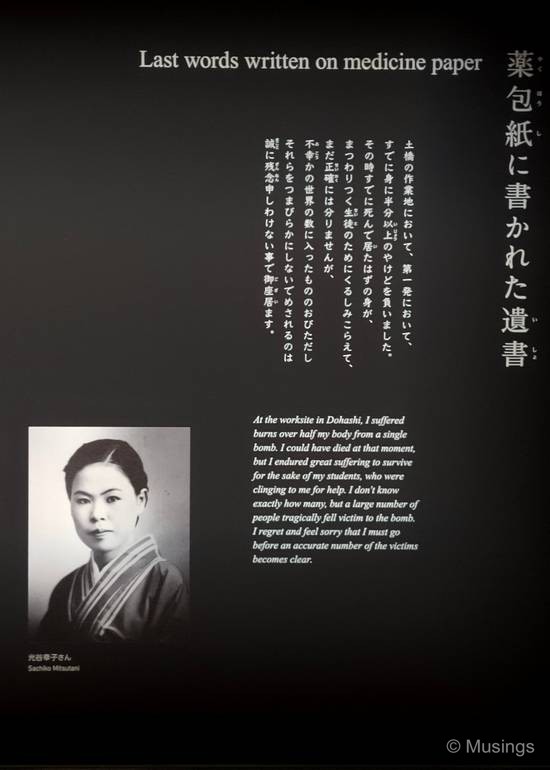
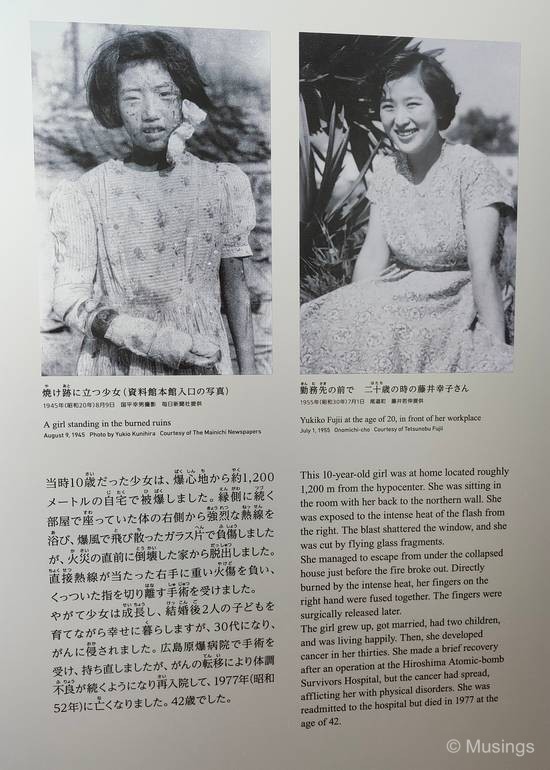
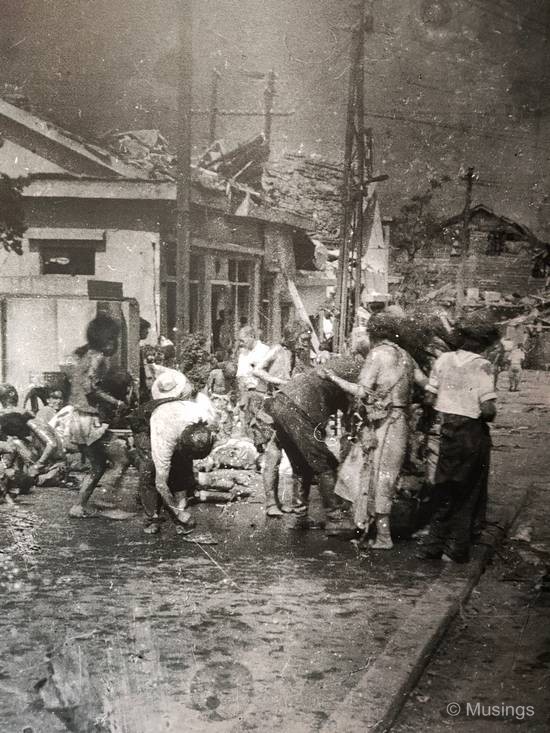
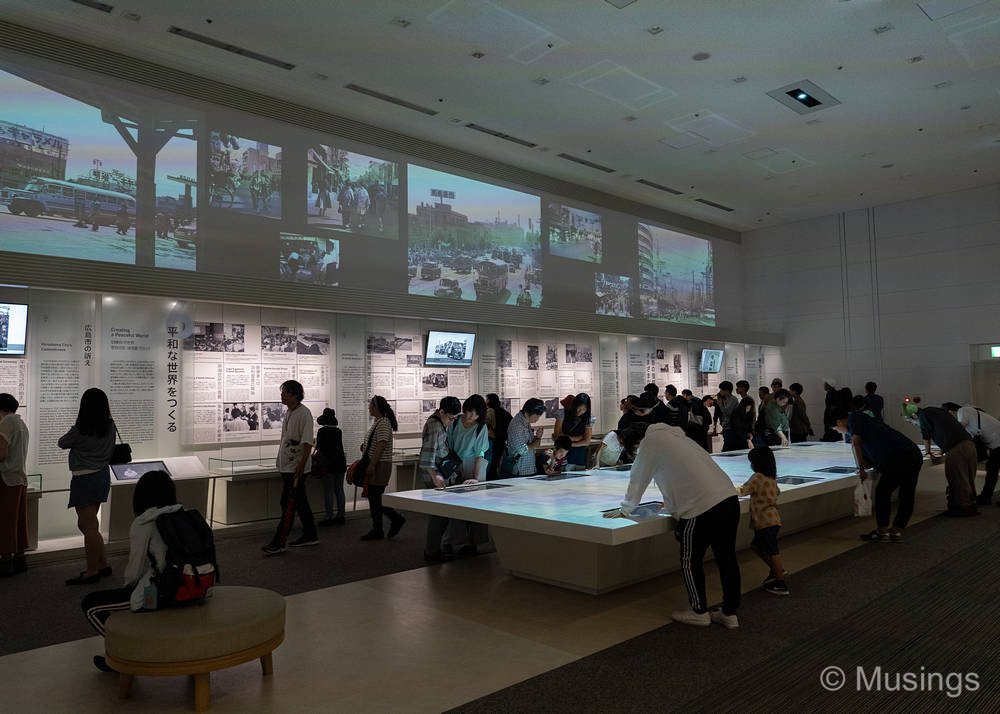
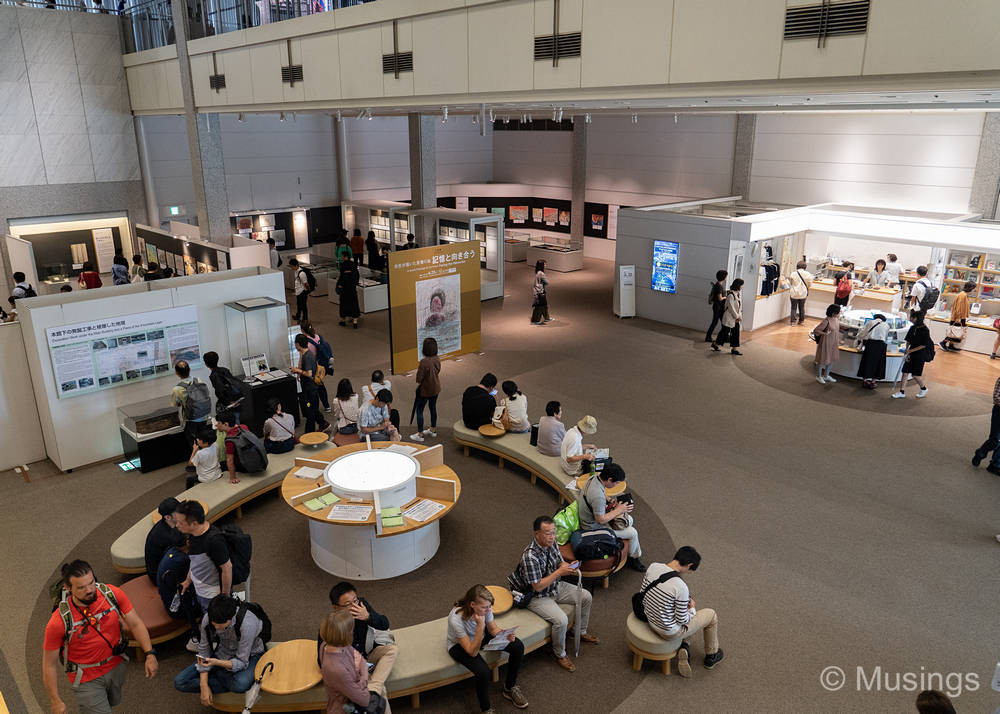
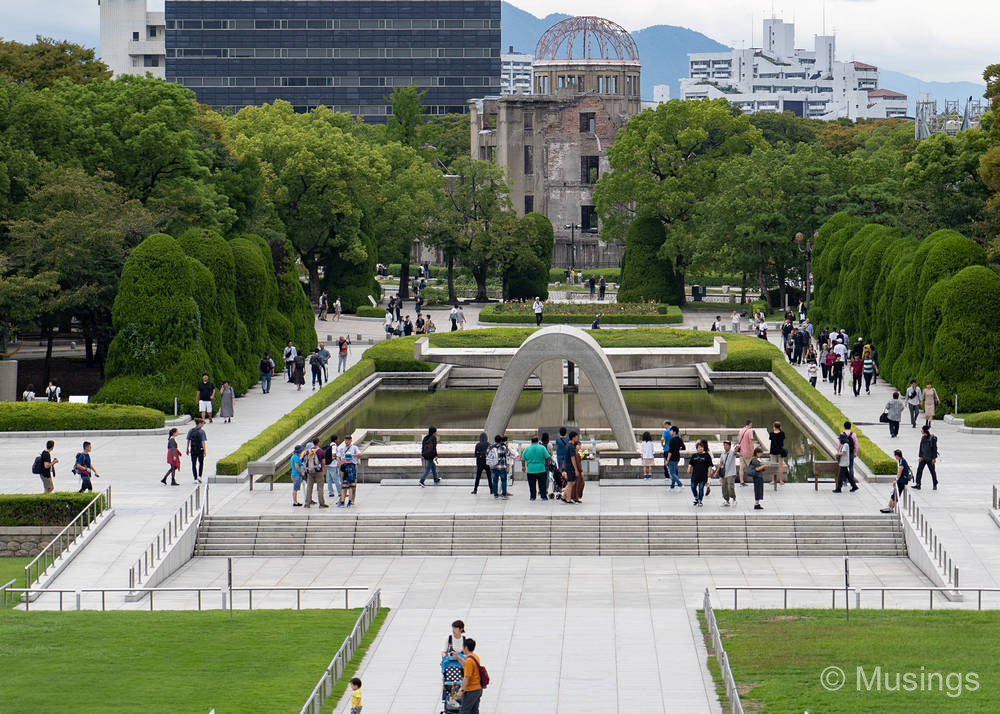
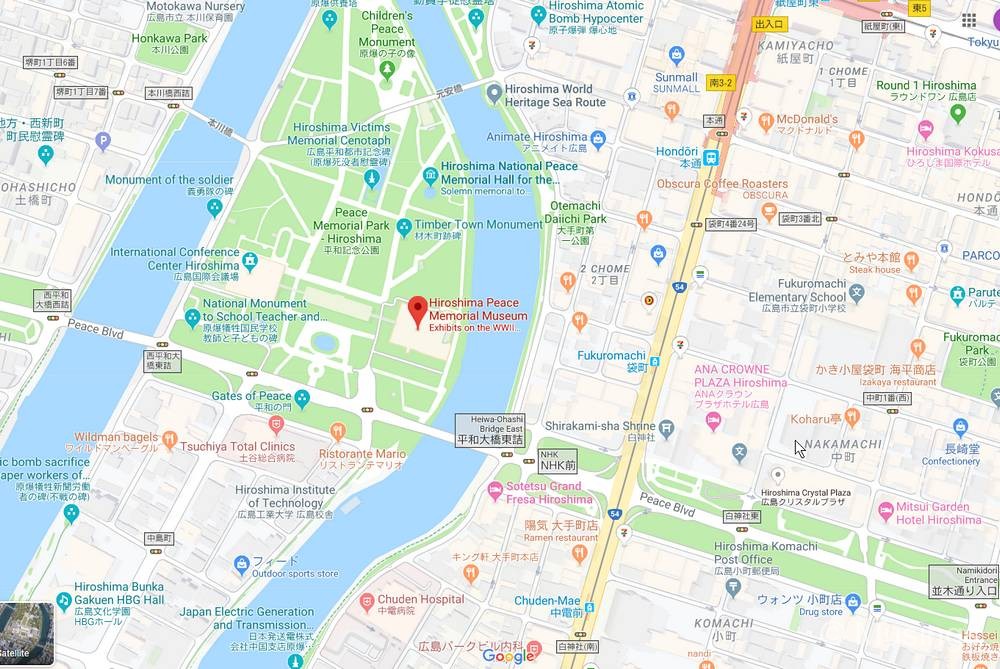
Summary: Say what one will about the misery the perpetrators of the war caused on others, but there’s no denying that the city suffered unimaginably because of the bomb. If nothing else, visit to at least have a small sense of what it would have felt like on ground zero that day.
That’s a wrap for Day 08. Continued back in Fukuoka city for the next post!
Recent comments